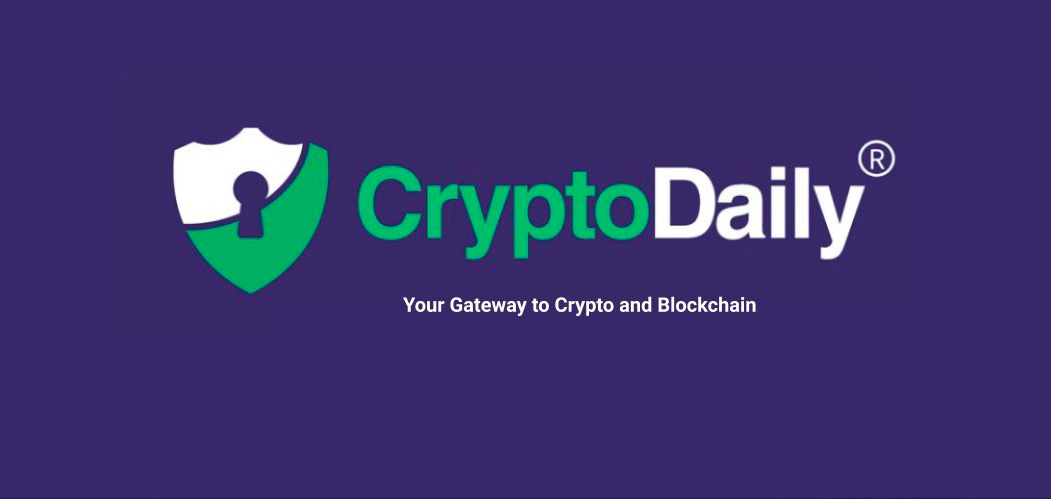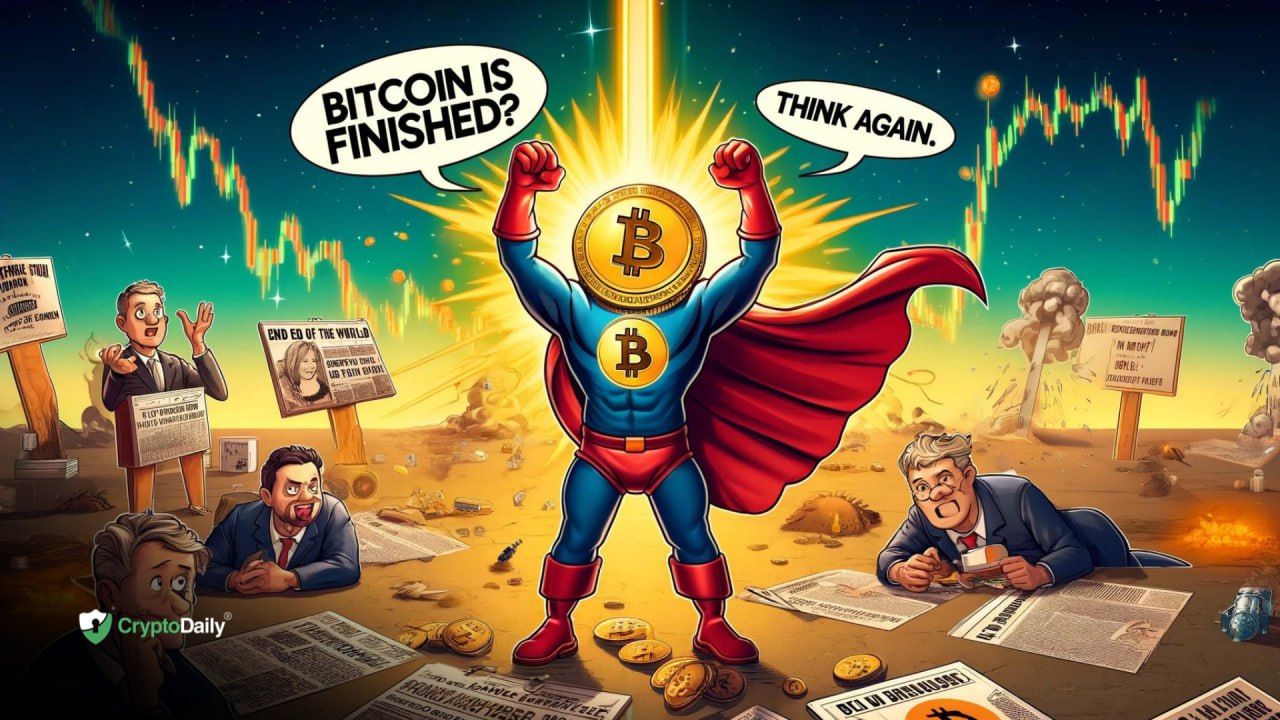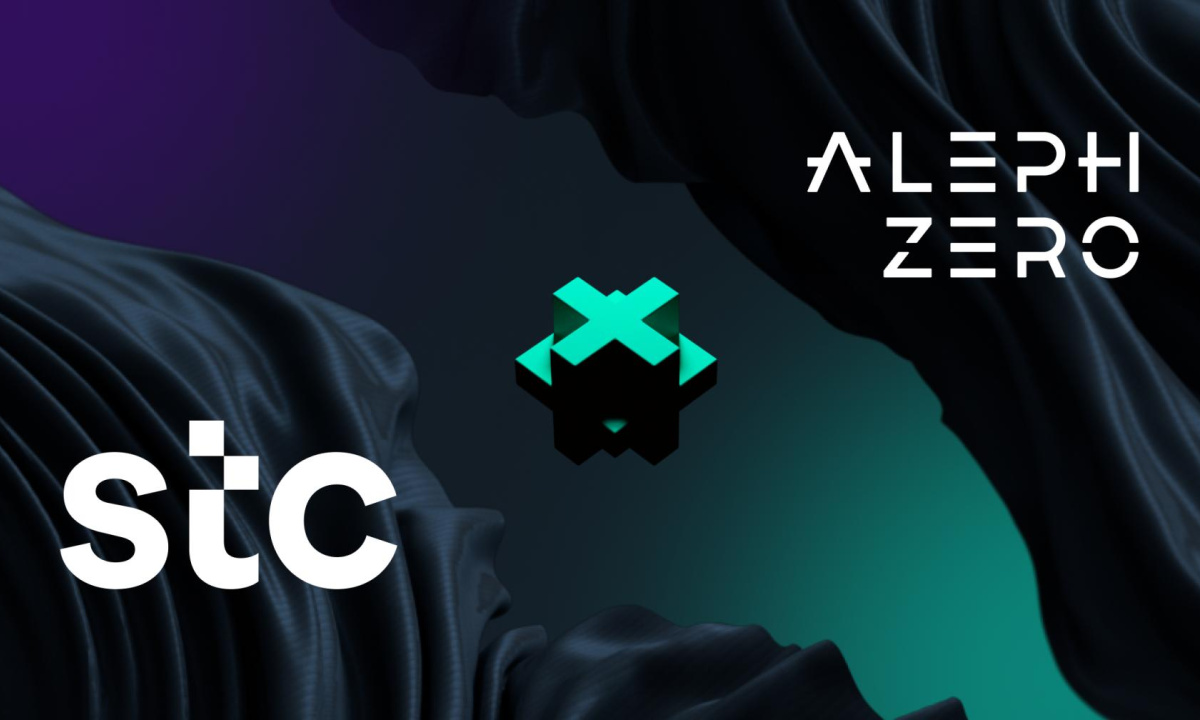Published
5 years ago on
July 10, 2018
“EdgeCoin uses proof of scale (PoS) rather than the standard proof of work (PoW). PoS is where only a select few of those nodes are chosen, usually but not necessarily selected by the network on the quantity and age of their stack. By choosing a select few individuals to govern the site, the transmission of smart contracts goes much faster, and EdgeCoin can manage its platform more expeditiously.”Next, TeachMePlease is a database of educational programmes. By using blockchain technology, TeachMePlease delivers both group and individual classes, stored and managed via blockchain technology. SuccessLife is another important project according to to Shilov. SuccessLife provides educational services at a low cost by using blockchain technology. According to Shilov:
“The multi chain architecture of the blockchain supports data sharing, time-stamping, and encrypted archiving, making it better suited to support content management for ongoing marketplace development. This multi chain system will allow third-party adopters of the SLT to easily integrate to the blockchain that are perfectly adapted for the SLTs.”SonyGlobalEducation is a programme set up by the Sony Corporation. Within this exists a blockchain based education record system. This in turn lets students record details of their learning and allows learners access to a range of other educational outlets, through verification on the SonyGlobalEducation blockchain. Finally, Shilov discusses Tutellus. Tutellus is a platform that contains over 120,000 video courses that rewards uses for learning. According to Shilov:
“To date, Tutellus has more than a million viewers, so you’d think the website would need a super fast platform to accommodate that much traffic, the many courses they offer, and the flow of communication between students and teachers.”These are just some of the numerous blockchain projects that exist to both provide blockchain education and streamline the education industry. The blockchain promises to make education more accessible and more cost effective. By using this model to then go on to provide blockchain education to, the blockchain is enabling a brand new and innovative learning environment. The more people learn about the blockchain, the more we will see blockchain integrate into the education sector. This can only be a good thing. Investment Disclaimer






